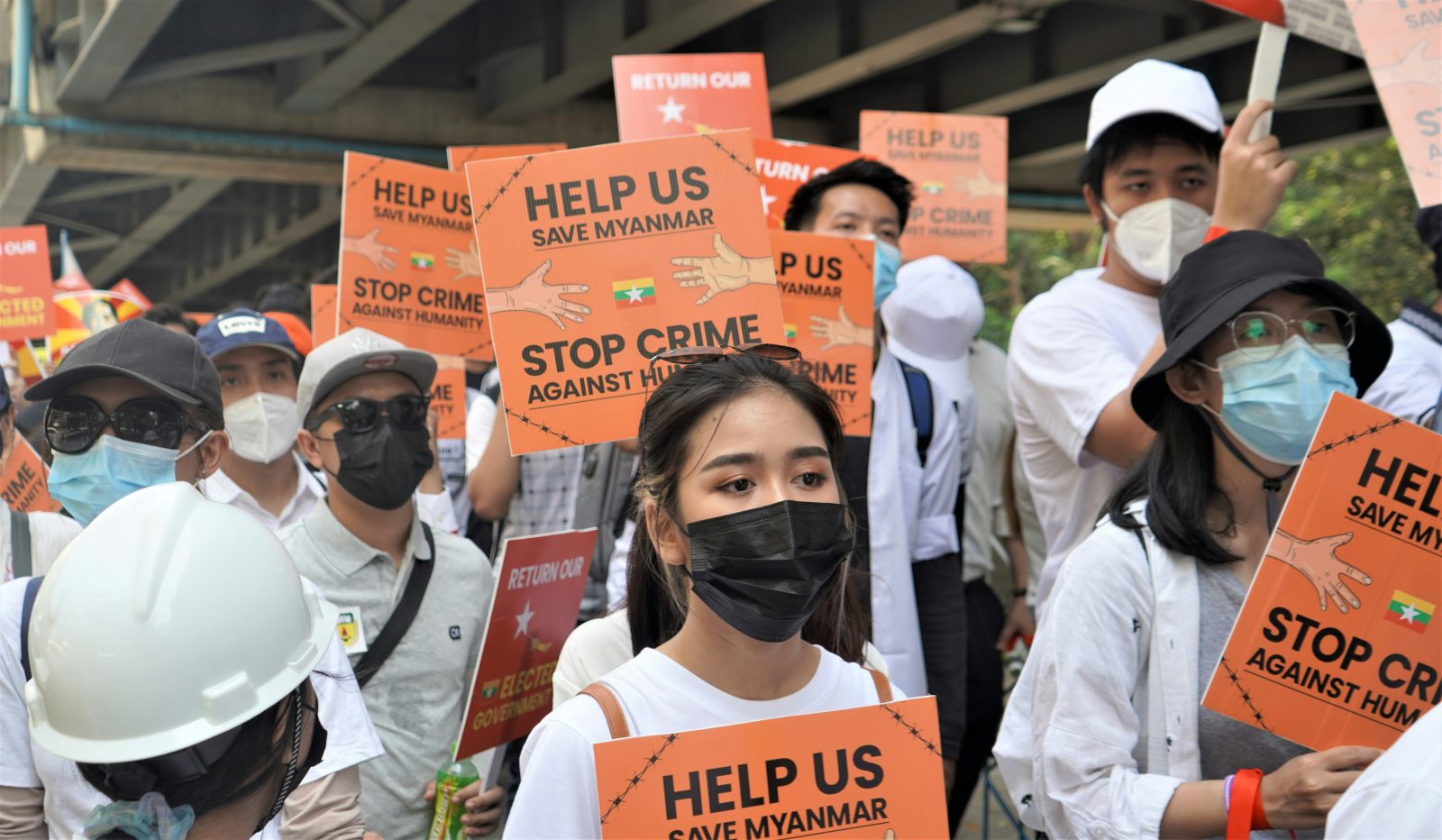
Forces fighting the junta ruling Myanmar say they’ve mounted another drone strike against the military regime’s stronghold, expanding the lessons learned from Ukraine’s deft deployment of UAVs to battle the much larger and better-equipped invading Russian Army.
Myriad militia groups battling the generals who seized power in a February 2021 coup have been increasingly the frequency and sophistication of the drones deployed in aerial strikes against military targets. The most recent came Thursday in what Myanmar’s opposition National Unity Government (NUG) said were a wave of synchronized, coordinated attacks on the regime’s declared capital.
That stronghold, Naypyidaw, is located toward the center of Myanmar. The junta constructed the installation after taking power as a kind of operational fortress from which it has overseen increasingly difficult defense efforts in the face of more determined and effective rebel strikes.
Though the regime claimed it shot down 13 drones before they could inflict any damage Thursday, the NUG said Myanmar opposition forces had used 13 fixed-wing drones flown in from longer range to avoid detection as they neared and struck targets in Naypyidaw.
“This was a success… (and) this drone attack was long-range and a stronger attack than normal,” NUG spokesperson Kyaw Zaw said, according to reports. “We have plans to do more. This is a time when the junta is forcing conscription and causing fear for the people. With this attack on their nerve center, Naypyidaw, we want to highlight that they don’t have a safe place.”
Rebel groups in Myanmar have steadily increased the use and improved the construction and tech of their drones in their three years of fighting the junta. Deprived of the kind of strong international aid and financing of Ukraine, local groups first used whatever consumer craft they could obtain, and began building DIY craft based on those.
Over time, they’ve become skilled in designing UAVs from basic materials, and now frequently deploy fixed-wing craft on longer-range strikes, dropping heavier munition payloads.
Despite its active backing from Russia, meanwhile, Myanmar’s military has largely floundered in mounting its own aerial fleet, while also proving incapable of effectively using counter-drone tech to detect and eliminate incoming vehicles.
“They have spent millions of dollars on a complex defense system, including air,” said NUG permanent secretary Naing Htoo Aung of the concentration of counter-drone platforms around Naypyidaw in particular—ironically, one reason rebels chose the site for strikes. “That this three-year-old defense force was able to attack that kind of place shows a big step forward in the revolution.”
Image: Saw Wunna/Unsplash
FTC: We use income earning auto affiliate links. More.



Comments